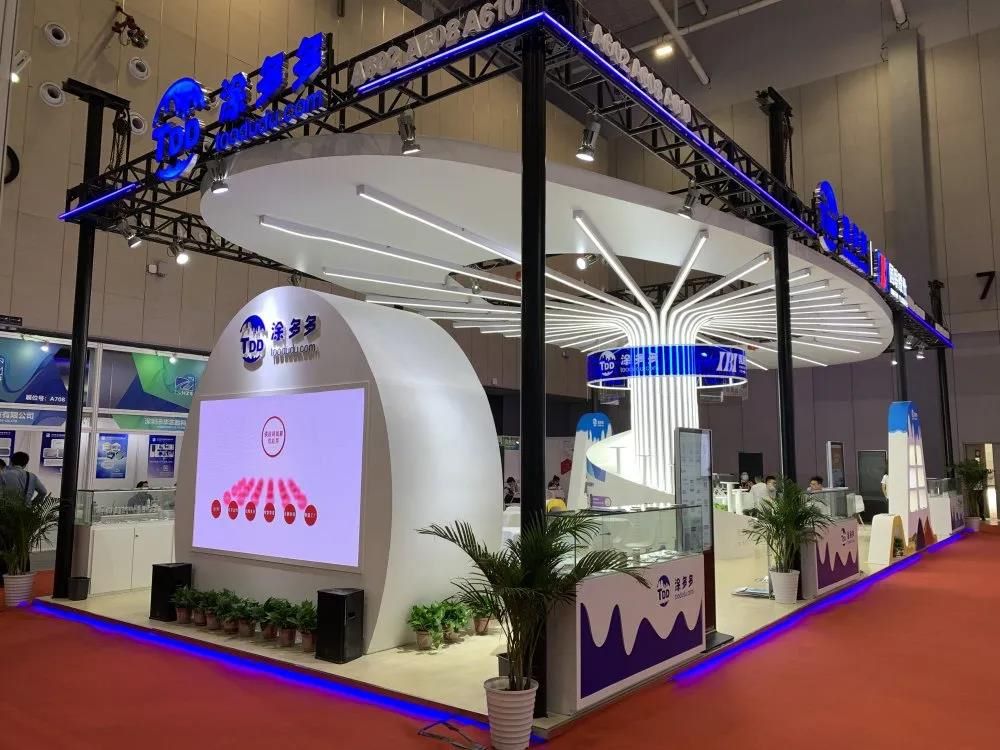The wonderful use of natural rubber
In the vast world of agriculture, forestry and water conservancy, natural rubber, with its unique properties, is like a silently dedicated "all-rounder", playing an irreplaceable role in many key links.
From farmland to forestland, from water conservancy projects to fishery operations, natural rubber is everywhere, laying a solid "flexible foundation" for the development of agriculture, forestry and water conservancy.
Agricultural field: reliable guarantee for mechanical operation
In the field of agricultural production, tires are one of the most common and important applications of natural rubber. Large agricultural machinery such as tractors and harvesters have to run around in the fields every day, bearing the dual test of complex terrain and heavy loads.
Tires made of natural rubber, with excellent elasticity and wear resistance, can effectively buffer ground bumps, reduce damage to equipment caused by mechanical vibration, and extend the service life of machinery. At the same time, its good grip ensures that the machinery can travel stably on muddy and slippery field roads, greatly improving agricultural production efficiency.
Taking large farms in Northeast my country as an example, combine harvesters using natural rubber tires can efficiently complete large-scale harvesting tasks during the autumn harvest season. Even when operating on land that has just rained, there are few cases of slipping or getting stuck.
Forestry Application: Eco-friendly Transportation Tool
In forestry, natural rubber also plays an important role. Transport vehicles in the forest need to travel on rugged roads full of tree roots and stones, and natural rubber tracks have become an ideal choice. Compared with tires, tracks have a larger contact area with the ground, which can effectively disperse the weight of the vehicle, reduce damage to forest soil, and protect the forest ecological environment.
Moreover, rubber tracks have strong flexibility and tear resistance. Even if they encounter sharp branches and stones, they are not easily damaged, ensuring the continuity of forestry transportation. In addition, in forestry protection equipment, sealing gaskets, shock-absorbing components, etc. made of natural rubber can effectively improve the sealing and stability of equipment, and escort forestry production.
Water conservancy projects: key materials for anti-leakage
Natural rubber is also widely used in water conservancy project construction. In dam construction, natural rubber is often used as waterstop and anti-seepage material. Waterstop is installed in the expansion joints, settlement joints and other parts of the dam, which can effectively prevent water leakage and ensure the safety and stability of the dam structure.
Its excellent elasticity and water resistance enable it to maintain good sealing performance under long-term water pressure and temperature changes. In some small water conservancy projects, such as the construction of irrigation canals, natural rubber anti-seepage membranes are used in large quantities.
This anti-seepage membrane is laid on the bottom and both sides of the canal to prevent water leakage, improve the utilization efficiency of water resources, and ensure water for farmland irrigation.
Fishery scene: dual support of safety and breeding
In the field of fisheries, natural rubber is even more indispensable. The rubber fender of the fishing boat can effectively buffer the collision between the hull and the dock and protect the hull structure when the boat is docked and moored. Life-saving supplies such as rubber lifebuoys and life jackets have become an important guarantee for the safety of fishermen's lives due to the buoyancy and durability of natural rubber.
In aquaculture, rubber cages have good flexibility and corrosion resistance, can adapt to different water environments, and provide fish with a safe and comfortable growth space. At the same time, rubber pipes also play an important role in the water circulation system of fishery farming, such as transporting water and discharging sewage.
From tires of agricultural machinery to tracks of forestry transportation, from anti-seepage materials of water conservancy projects to life-saving supplies of fisheries, natural rubber is deeply integrated into all aspects of agriculture, forestry and water conservancy with its excellent properties such as elasticity, wear resistance and water resistance.
With the continuous advancement of science and technology, the performance of natural rubber will continue to be optimized and expanded, playing a greater role in the field of agriculture, forestry and water conservancy, and contributing more to ensuring agricultural production, maintaining the ecological environment, and promoting economic development.











